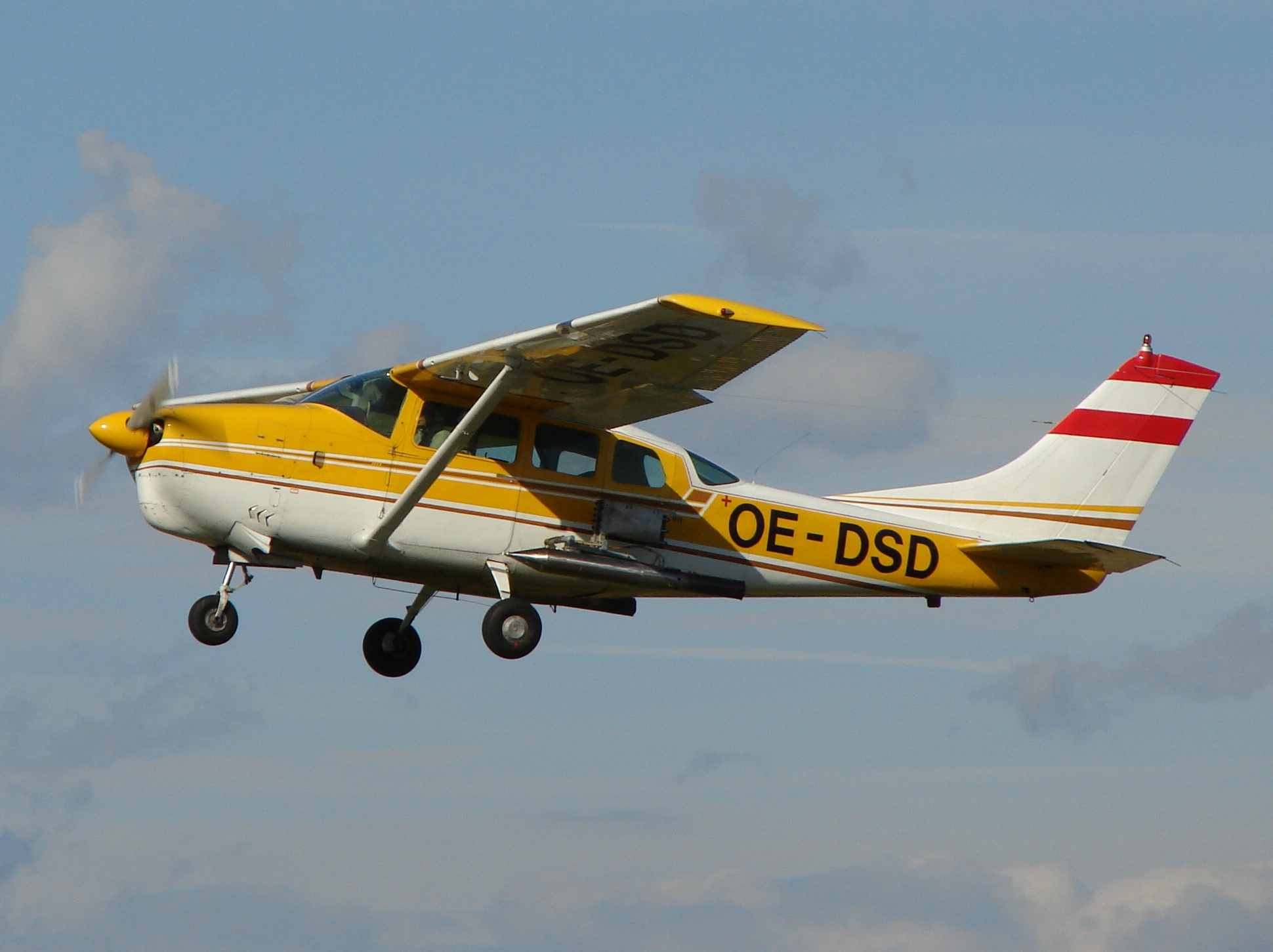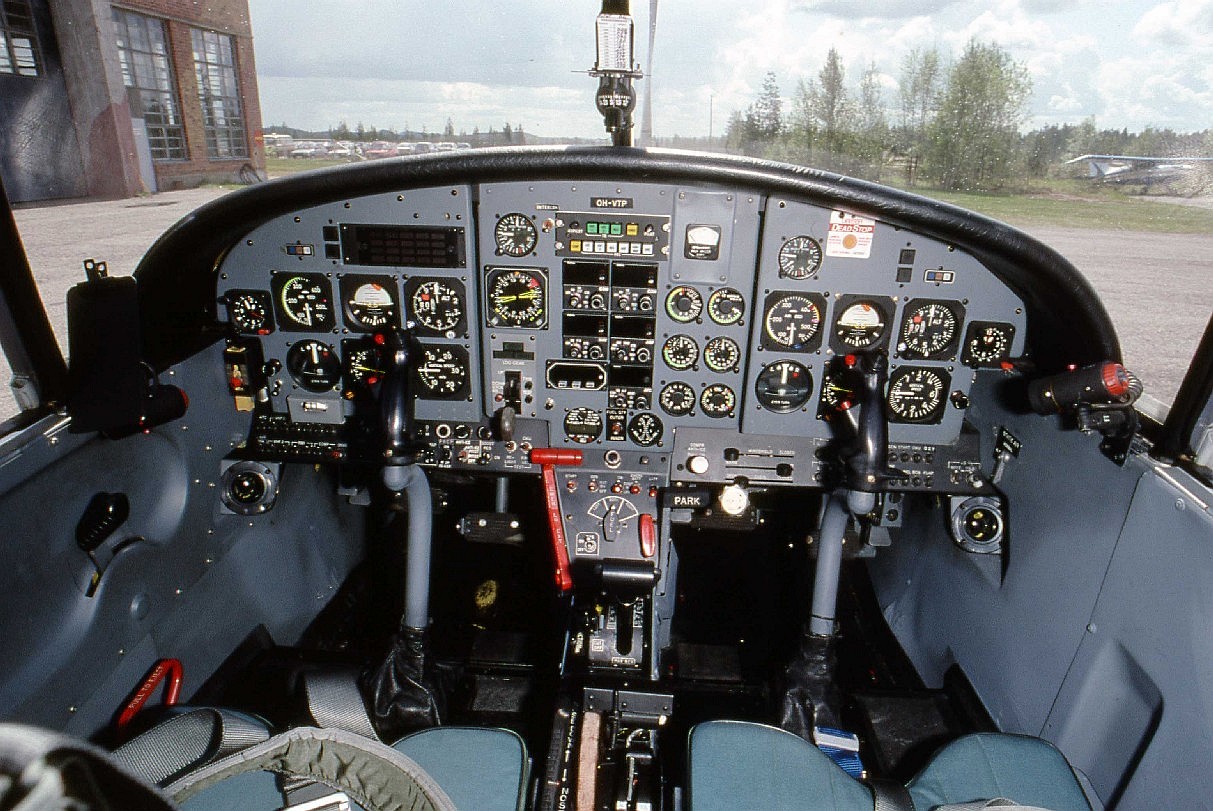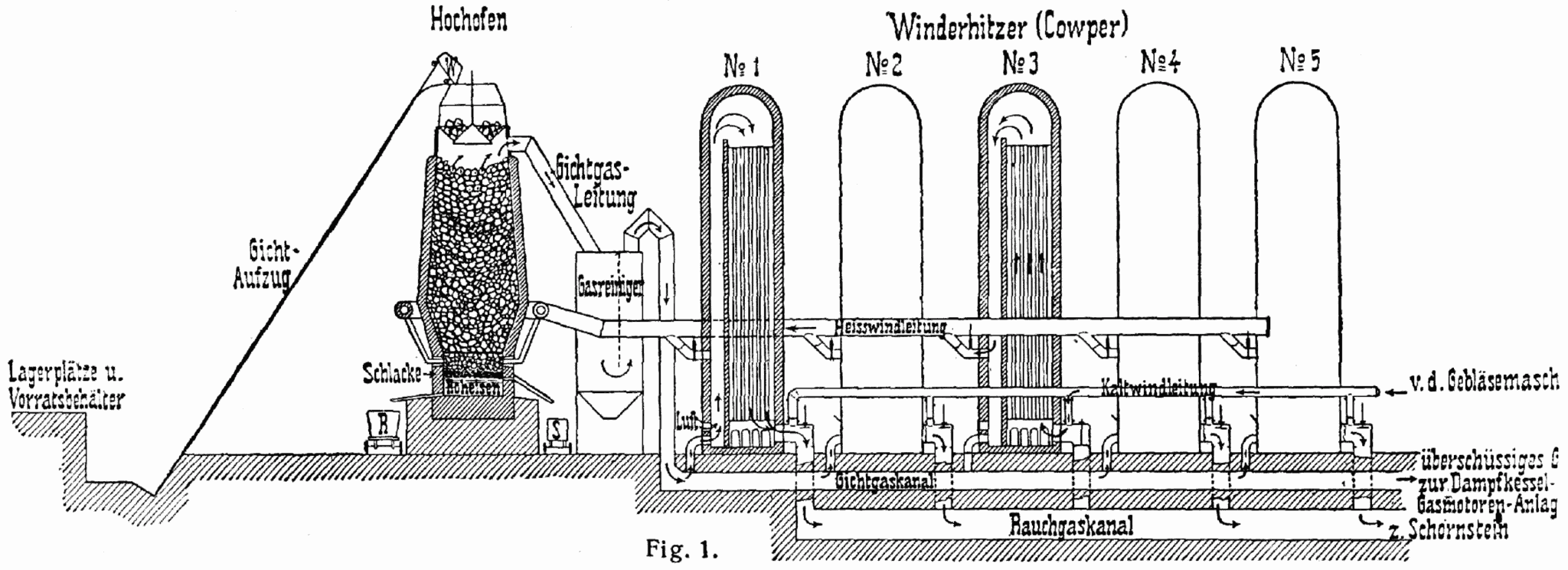|
Allison Model 250-C18
The Allison Model 250, now known as the Rolls-Royce M250, (US military designations T63 and T703) is a highly successful turboshaft engine family, originally developed by the Allison Engine Company in the early 1960s. The Model 250 has been produced by Rolls-Royce since it acquired Allison in 1995. Development In 1958, the Detroit Diesel Allison division of General Motors was chosen by the US Army to develop a new light turbine engine to power a "Light Observation Aircraft" (LOA), to replace the Cessna O-1A Bird Dog. At this stage the US Army was unsure whether to have a fixed- or rotary-wing aircraft, so Allison was instructed to consider both applications. Design studies undertaken considered a wide range of possible mechanical configurations for the turboprop/turboshaft. These studies culminated in the testing of the first prototype engine, designated YT63-A-3, in April 1959. In 1960, the US Army settled for a rotary wing platform. The YT63-A-3 first flew in a variant of th ... [...More Info...] [...Related Items...] OR: [Wikipedia] [Google] [Baidu] |
WikiProject Aircraft
A WikiProject, or Wikiproject, is an affinity group for contributors with shared goals within the Wikimedia movement. WikiProjects are prevalent within the largest wiki, Wikipedia, and exist to varying degrees within Wikimedia project, sibling projects such as Wiktionary, Wikiquote, Wikidata, and Wikisource. They also exist in different languages, and translation of articles is a form of their collaboration. During the COVID-19 pandemic, CBS News noted the role of Wikipedia's WikiProject Medicine in maintaining the accuracy of articles related to the disease. Another WikiProject that has drawn attention is WikiProject Women Scientists, which was profiled by ''Smithsonian Magazine, Smithsonian'' for its efforts to improve coverage of women scientists which the profile noted had "helped increase the number of female scientists on Wikipedia from around 1,600 to over 5,000". On Wikipedia Some Wikipedia WikiProjects are substantial enough to engage in cooperative activities with outsi ... [...More Info...] [...Related Items...] OR: [Wikipedia] [Google] [Baidu] |
Cessna O-1 Bird Dog
The Cessna O-1 Bird Dog is a liaison and observation aircraft that first flew on December 14, 1949, and entered service in 1950 as the L-19 in the Korean War. It went to serve in many branches of the U.S. Armed Forces, was not retired until the 1970s in a number of variants, and also served in the Vietnam War. It was also called the OE-1 and OE-2 in Navy service, flying with the Marine Corps, and in the 1960s it was re-designated the O-1. It remains a civilian-flown warbird aircraft, and there are examples in aviation museums. It was the first all-metal fixed-wing aircraft ordered for and by the United States Army following the Army Air Forces' separation from it in 1947. The Bird Dog had a lengthy career in the U.S. military as well as in other countries, with over 3400 produced. It was further developed into a turboprop-powered version in the 1970s, the SIAI-Marchetti SM.1019. An experimental variant was the Cessna 308, a one-off to explore the possibility of a 4-person l ... [...More Info...] [...Related Items...] OR: [Wikipedia] [Google] [Baidu] |
Extra EA-500
The Extra EA-500 is a six-seat single-engined high wing turboprop aircraft designed by the Extra Aircraft company. In 2015, a decision was made to end production. Design and development Started by Walter Extra, the company has been manufacturing aerobatic airplanes almost exclusively with their latest products being the Extra EA-300 series. The company introduced the Extra EA-400 in 2001. This is a cross-country airplane with many exclusive features including carbon fiber construction, pressurized cabin, high strutless wing, and seating for six. The EA-500 was introduced as an alternative version of the EA-400 with the piston engine replaced by a Rolls-Royce Model 250-B17F/2 turboprop yielding , weighing , and driving a 5 bladed propeller. This engine is widely used in small helicopters and was designed to have good fuel efficiency at lower altitudes. This engine's critical altitude is 16,000 feet. However, the Rolls-Royce Model 250 is very light and small at the expense of ... [...More Info...] [...Related Items...] OR: [Wikipedia] [Google] [Baidu] |
Cessna P210
The Cessna 210 Centurion is a six-seat, high-performance, retractable-gear, single-engined, high-wing general-aviation light aircraft. First flown in January 1957, it was produced by Cessna until 1986. Development The early Cessna 210 (210 and 210A) had four seats with a Continental IO-470 engine of . It was essentially a Cessna 182B to which was added a retractable landing gear, swept tail, and a new wing. In 1961, the fuselage and wing were completely redesigned: the fuselage was made wider and deeper, and a third side window was added. The wing planform remained the same; constant chord from centerline to out, then straight taper to chord at from centerline, but the semi-Fowler flaps (slotted, rear-moving) were extended outboard, from wing station 100 to Wing station 122, which allowed a lower landing speed. FAA certification regulations state that a single-engined aircraft must have a flaps-down, power-off stall speed no greater than . To compensate for the redu ... [...More Info...] [...Related Items...] OR: [Wikipedia] [Google] [Baidu] |
Britten-Norman Islander
The Britten-Norman BN-2 Islander is a British light utility aircraft and regional airliner designed and originally manufactured by Britten-Norman of the United Kingdom. Still in production, the Islander is one of the best-selling commercial aircraft types produced in Europe. Although designed in the 1960s, over 750 are still in service with commercial operators around the world. The aircraft is a light transport with over 30 military aviation operators around the world. Initial aircraft were manufactured at Britten-Norman's factory in Bembridge, Isle of Wight, UK. After Fairey Aviation acquired the Britten-Norman company, its Islanders and Trislander aircraft were built in Romania, then shipped to Avions Fairey in Belgium for finishing before being flown to the UK for flight certification. The Islander has been in production for more than 50 years. In September 2023, it was announced that production of the Islander has returned to the UK, after fifty-five years of manufacturing ... [...More Info...] [...Related Items...] OR: [Wikipedia] [Google] [Baidu] |
Beechcraft Bonanza
The Beechcraft Bonanza is an American general aviation aircraft introduced in 1947 by Beech Aircraft Corporation of Wichita, Kansas. The six-seater, single-engined aircraft is still produced by Beechcraft and has been in continuous production longer than any other aircraft in history. More than 17,000 Bonanzas of all variants have been built, produced in both distinctive V-tail and conventional tail configurations; early conventional-tail versions were marketed as the Debonair. Design and development At the end of World War II, two all-metal light aircraft emerged, the Model 35 Bonanza and the Cessna 195, that represented very different approaches to the premium end of the postwar civil-aviation market. With its high-wing, seven-cylinder radial engine, fixed tailwheel undercarriage, and roll-down side windows, the Cessna 195 was a continuation of prewar technology. The Bonanza, however, featured an easier-to-manage, horizontally opposed, six-cylinder engine, retractable ... [...More Info...] [...Related Items...] OR: [Wikipedia] [Google] [Baidu] |
BAE Systems Mantis
The BAE Systems Mantis Unmanned Autonomous System Advanced Concept Technology Demonstrator is a British demonstrator programme for Unmanned Combat Air Vehicle (UCAV) technology. The Mantis is a twin-engine, turboprop-powered UCAV with a wingspan of approximately 22 m, broadly comparable to the MQ-9 Reaper. Other partners involved in Phase 1 of the Mantis programme include the Ministry of Defence (United Kingdom), Rolls-Royce, QinetiQ, GE Aviation, L-3 Wescam, Meggitt and Lola. Design and development Development of the Mantis started in late 2007, with a mockup being revealed at the 2008 Farnborough International Air Show. The Phase 1 Mantis vehicle is powered by two Rolls-Royce Model 250 turboprop engines, although this is likely to change in later variants. The Mantis is intended to have at least 24-hour operational endurance and is an autonomous vehicle, able to pilot itself and plot its own course, communicating with personnel on the ground regarding its observations. ... [...More Info...] [...Related Items...] OR: [Wikipedia] [Google] [Baidu] |
Aermacchi M-290 RediGO
The Valmet L-90 Redigo is a turboprop-powered military basic trainer aircraft and liaison aircraft, a development of Valmet, Valmet's Valmet L-70 Vinka, earlier training aircraft for the Finnish Air Force. The L-90 was the last military aircraft designed and produced in Finland. Design and development The prototype, a modified Valmet L-80 Turbo-Vinka, L-80, first flew on February 12, 1985. A second prototype, powered by a Turbomeca TP319 turboprop, was destroyed in an accident in August 1988. A total of 29 production aircraft plus the 2 prototypes were produced. Aermacchi purchased the manufacturing rights in 1996 in aviation, 1996 but never returned the aircraft to production. The aircraft is of conventional configuration, with retractable tricycle gear and a low wing. The student and instructor sit side-by-side. As is typical with many military trainers, it can also carry light armament for weapons training, or potentially, for use in a close-support role. The Finnish Air Forc ... [...More Info...] [...Related Items...] OR: [Wikipedia] [Google] [Baidu] |
Kawasaki-Hughes 500
The MD Helicopters MD 500 series is an American family of light utility civilian and military helicopters. The MD 500 was developed from the Hughes 500, a civilian version of the US Army's OH-6A Cayuse/Loach. The series currently includes the MD 500E, MD 520N, and MD 530F. The MD 500 was initially produced by Hughes Helicopters as the ''Hughes 500''. Since being introduced in 1967, numerous models have been produced, often featuring a more powerful engine or a five-bladed main rotor in place of the original four-blade counterpart. The MD 500 has been commonly used for utility work, particularly the ''MD 530F''; it has also proven to be popular with law enforcement agencies. Production of the type was continued into the twenty-first century by Hughes' successor companies, McDonnell Douglas Helicopter Systems, and subsequently MD Helicopters. While the MD 500 series has been largely operated by civil customers, it has occasionally seen military use, even to the extent of performi ... [...More Info...] [...Related Items...] OR: [Wikipedia] [Google] [Baidu] |
Regenerative Heat Exchanger
A regenerative heat exchanger, or more commonly a regenerator, is a type of heat exchanger where heat from the hot fluid is intermittently stored in a thermal storage medium before it is transferred to the cold fluid. To accomplish this the hot fluid is brought into contact with the heat storage medium, then the fluid is displaced with the cold fluid, which absorbs the heat. In regenerative heat exchangers, the fluid on either side of the heat exchanger can be the same fluid. The fluid may go through an external processing step, and then it is flowed back through the heat exchanger in the opposite direction for further processing. Usually the application will use this process cyclically or repetitively. Regenerative heating was one of the most important technologies developed during the Industrial Revolution when it was used in the hot blast process on blast furnaces. It was later used in glass melting furnaces and steel making, to increase the efficiency of open hearth furnaces, ... [...More Info...] [...Related Items...] OR: [Wikipedia] [Google] [Baidu] |
Air International
''AIR International'' is a British aviation magazine covering current defence aerospace and civil aviation topics. It has been in publication since 1971 and is currently published by Key Publishing Ltd. History and profile The magazine was first published in June 1971 with the name ''Air Enthusiast''. In January 1974 its title was changed to ''Air Enthusiast International'' and finally to ''Air International'' in July 1974. ''Air International'' is published by Key Publishing Limited. The magazine has its headquarters in Stamford, Lincolnshire. Sister publications include ''Air Forces Monthly'', ''Airliner World'', '' Airports International'', ''FlyPast ''FlyPast'' is an aircraft magazine, published monthly, edited by Tom Allett, Steve Beebee and Jamie Ewan. History and profile The magazine started as a bi-monthly edition in May/June 1981 and its first editor was the late Mike Twite. It is ow ...,'' and '' Today's Pilot'' (no longer published by Key Publishing). Refere ... [...More Info...] [...Related Items...] OR: [Wikipedia] [Google] [Baidu] |






